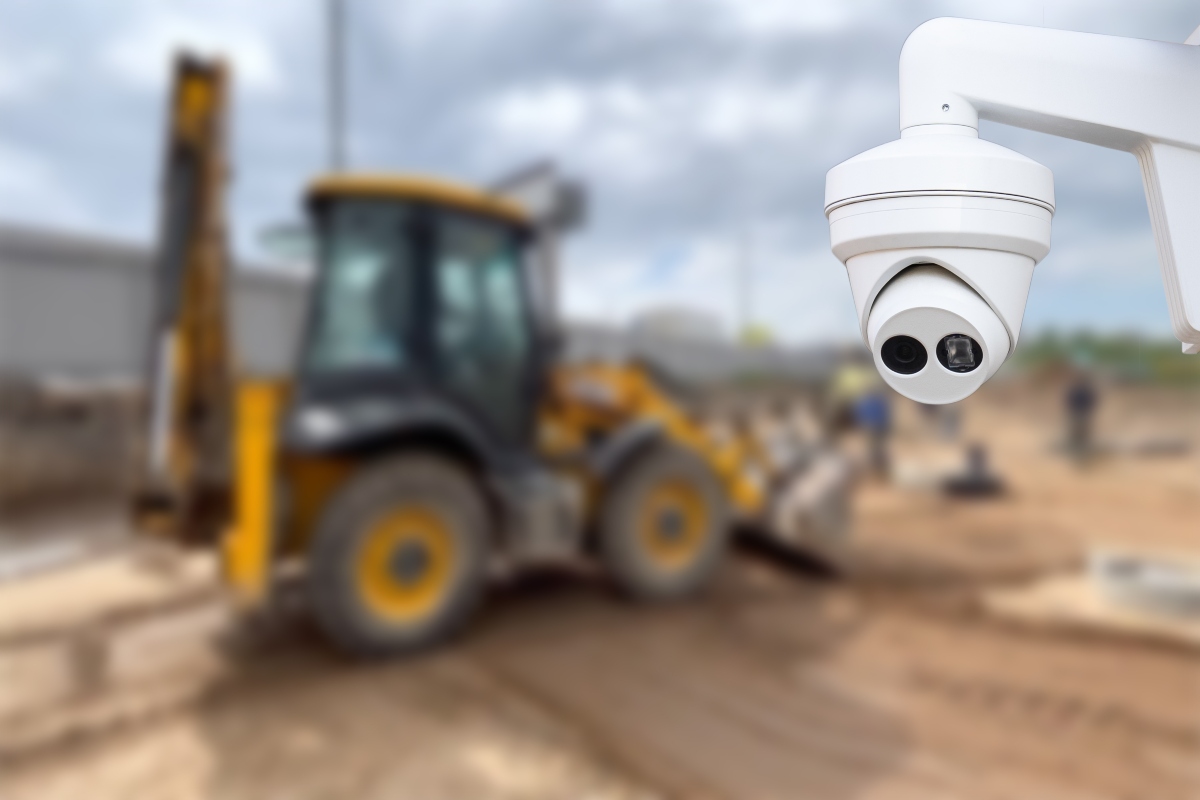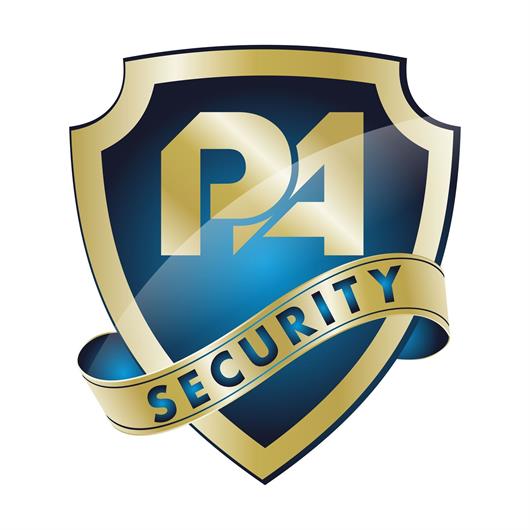 Add My Company
Add My Company
How To Secure A Building Site

Building sites are often seen as lucrative targets for trespassers, thieves, and vandals who want to gain unauthorised access due to the valuable building materials, plant, and equipment inside. So securing your site is crucial to prevent theft and other types of criminal activity. Failing to do so can have serious consequences, including financial losses, project delays, legal liabilities, and even harm to people’s safety. In this article, we’ll look into how to secure a building site properly and effectively so you can protect your site, your crew, and the community.
Conduct A Security Risk Assessment
Before putting any security measures in place, you should conduct a thorough construction site security risk assessment. This will be critical to understanding your site’s potential risks, threats, and vulnerabilities and addressing any health and safety issues.
The assessment will provide a detailed overview of any current risks, which will help to develop a comprehensive security plan. Without a particular risk assessment, your security measures may be insufficient, exposing the site to thieves, vandals, and other criminals.
The process should include assessing the size of the site, the layout, the location, and any environmental factors that could help someone gain access, such as bordering roads or waterways. Evaluating the site’s lighting, any weak points, and the likelihood of potential intruders is also important.
By checking all these factors, site managers can prioritise the risks from severe to minimal and make informed decisions about the appropriate security measure to put in place. These could be installing CCTV cameras, using fencing and gates, hiring security personnel, and implementing access control measures.
A thorough security risk analysis assessment is an essential first step in ensuring the safety of the site, your workers, equipment, and property. Beyond this, regularly review and update your risk assessment so security remains effective as site work progresses during different project phases.
Establish A Site Security Plan
Once you’ve completed a thorough security risk assessment, the next step is to create a comprehensive site security plan. This plan should outline the specific security measures you’ll put in place to address the identified risks and vulnerabilities. It should also define the roles and responsibilities of those maintaining site security.
Define roles and responsibilities
Choose the individuals or teams responsible for implementing and maintaining security measures and outline their specific tasks and duties. For example, building site security personnel may be responsible for monitoring entry to the site, while site managers will oversee the installation of security equipment and ensure security protocols are followed.
Defining roles and responsibilities is crucial to your site security plan. And with them, everyone can work together effectively to reduce potential risks.
Set up a chain of command
A chain of command will confirm who’s responsible for decision-making and communication in case of a security breach. For example, if someone attempts to gain entry to the site, there should be a clear procedure for reporting the incident to the right person and responding accordingly.
Having a well-defined chain of command means everyone involved in site security knows their role and the role of others, so they can act quickly and effectively.
Securing The Perimeter
Of course, as the first line of defence against any illegal entry, securing your site perimeter is essential. And physical barriers, security fencing, and access control are all effective measures in allowing entry for authorised visitors while preventing intruders.
Barriers and security fencing
Creating a semi-permanent physical barrier, including walls, gates, and bollards can deter unauthorised entry or delay intruders long enough for security teams to respond. But fencing can be essential to construction site security, protecting any vulnerable areas or a particular weak point.
A standard fence won’t provide the protection your site needs and could have gaps underneath, giving potential trespassers a way in and making theft easier. But anti-climb fencing, like mesh or palisade fencing, even electric fences, can provide an effective deterrent and a durable barrier to prevent access to the site.
Set Up Access Control Security Systems
Access control systems are designed to prevent unauthorised people accessing the site who may pose a threat, or have no right or need to be there. The security of your perimeter area, including all entry points, can be made more secure with technology and access systems like verifying identities and applying visitor protocols.
Identity Verification
Identity verification can be achieved through various ways, including identification badges, access cards, or even biometric systems with fingerprint or facial recognition. Sites can then ensure that only authorised personnel are granted entry by authenticating the identities of anyone looking to get into restricted areas or the site itself.
Visitor Protocols
Visitor protocols can include requiring visitors to sign in and provide identification before issuing temporary visitor passes or access cards and escorting visitors while on the premises. Protocol measures can help sites monitor and control visitor entry, ensuring visitors can only get to authorised areas and reducing the risk of theft, vandalism, or other security breaches.
Use CCTV And Security Lighting
Installing CCTV security cameras in strategic locations around your site will play a significant role in your site’s security. As well as being a visible deterrent, any footage can be monitored in real-time or recorded for later review to provide evidence for police in the event of a break-in.
In addition, sensor and high-intensity lighting can also improve on-site security. Motion sensor lights can alert security personnel to suspicious activity, while high-intensity lighting, and even visible intruder alarms, can also provide a good deterrent, making potential thieves think twice about breaking in.
Train And Educate Personnel
It’s essential that your employees and security personnel understand any security protocols you’ve put in place, the importance of sticking to them, and their own roles and responsibilities.
Proper training and ongoing education on all your security can help them identify potential security threats and how to respond appropriately. It’s also essential to raise awareness on the consequences of violating security protocols and the importance of reporting any suspicious activity immediately.
Securing your site, equipment, and materials with PA Security
When looking at securing your building site, the choice of security measures you need will depend on several factors, including the materials, power tools, or equipment stored on-site, the site’s size, the project duration, and more. But when you need proven experience and expertise to minimise theft and other security risks to keep you protected, Professional Alert Security is here to help.
For more information on How To Secure A Building Site talk to Professional Alert Security Ltd
